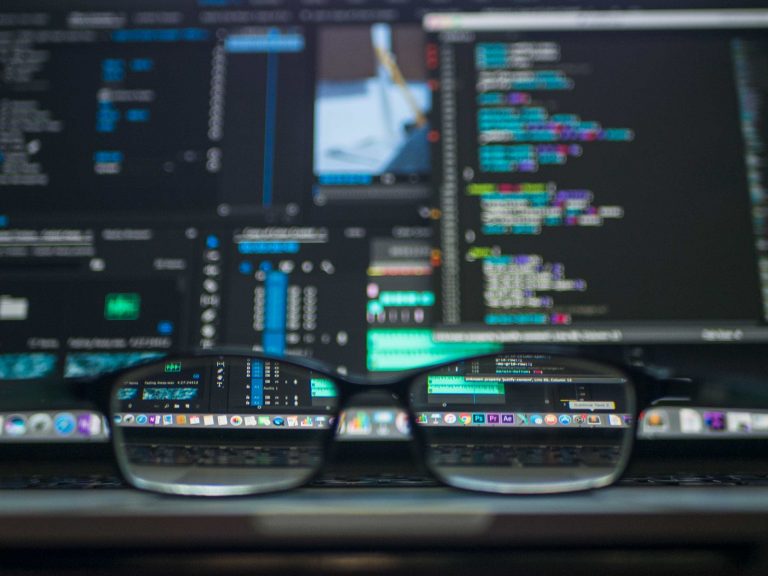DIYers and independent repair shops may find repairing Apple devices more affordable in the future. This is due in part to Apple’s new Right To Repair policy.
With Apple’s new self-service repair program, which launches in early 2022, you’ll finally be able to get OEM parts and manuals for DIY iPhone (and Mac) repairs. Apple will be able to improve relationships with customers by making repairs easier with this program, but there are many questions about how it will be implemented. It might also encourage consumers to do their own repairs as a means of saving money and boosting the competitiveness of independent repair shops.
Up until now, Apple OEM parts have been available only at select Apple-approved locations, including Apple Authorized Service Providers (AASP), Apple Stores, and Apple Independent Repair Providers (IRPs). With Apple’s new self-service program, you can only repair iPhone screens, batteries, and cameras, just as in the IRP program.
Apple will become the primary resource for individuals seeking parts and manuals for the iPhone 12 and 13 models, promising to offer “more than 200 individual parts and tools” starting early next year. Given that there will only be parts for two models of iPhones offered in the self-service program, that number appears high, but Kevin Purdy, a writer for iFixit, finds it plausible. In addition to various adhesives and speciality tools, Apple could sell individual screws, custom presses, as well as electrostatic discharge mats.
Apple’s service providers can already get these parts, and they’re pretty pricey because these are such new devices. A customer can repair an iPhone 12 or iPhone 13 Pro’s screen for $279 directly from Apple. It looks like Apple’s IRP members pay about $270 for these screens (nearly the same price Apple charges to fix them). According to iFixit, however, IRP members will pay $235 if the old part is returned.
While Apple promises users using the Self Service Repair service will receive a credit back for the old part, it’s unclear what amount you’ll be able to save. If Apple thinks bad part returns are important, any credit it offers to customers using the self-service program might be valuable enough to make old parts worth returning.
If you buy aftermarket parts, you could save money. However, OLED screens range from $279.99 for the iPhone 12 (iFixit) just the part to $329.99 (Amazon) for the complete kit, which is extremely expensive. Furthermore, going aftermarket might not yield the same quality as factory OEM parts, and some parts, such as Apple’s True Tone feature, could no longer work. The theory is that self-service repair could save customers money if Apple priced the parts similarly to what IRPs pay at the moment. If Apple did not offer further discounts on parts compared with the self-service program, then IRPs would lose business.
People might also use self-service to stock up on parts like independent shops can do under the IRP program. It might make sense for Apple to separate the IRP program from its Self Service Repair program by not letting people stock up, which would make it hard for DIYers to plan ahead for devices they’ll have to fix in the future.
Apple’s Self Service Repair program isn’t able to help people with older phones, and generally, older phones need repairs more often. Most customers won’t need to replace their batteries until a year and a half after they purchase their phones, when the battery cells start to deplete. Wiens is excited about Apple’s announcements and direction, but he thinks the self-service program is mostly Apple’s way to avoid regulatory action from the FTC and pressure from shareholders over repair rights. Legislators have also been criticizing Apple over its repair policies.
It is hoped that Apple’s new DIY repair program will empower more people to do their own repairs and, perhaps, save some money. In the event a customer decides not to proceed with the repair, they may have another choice: taking it to a local repair shop that does not carry genuine Apple parts. The repair could be performed at a small fee by the shop.
It is refreshing to see Apple taking an updated position on the Right to Repair. What are your thoughts, do you have the confidence to undertake an iPhone repair? Let us know in the comments below. Do you think you can create engaging content for our audience? Let us know. Please see our Write for Us page for details on how to contribute.





